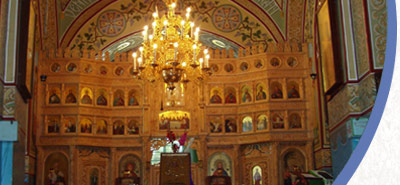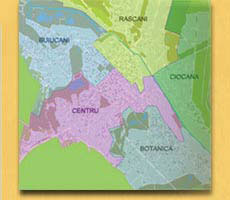

Economy
The Republic of Moldova faces a period of transition to a market economy. The reforms promoted for the last years have determined the achievement of some positive results, such as: the creation of a bi-sectoral economy, the private sector having an impact of over 70% on the GDP; fair market price system; creation of structures for a viable market (commercial banks, Free Economic Zones, etc.)
The economic reforms undertaken in Moldova enjoy the support of International economic-financial organizations. Since 1992, when Moldova adhered to IMF, WB and EBRD, it has benefited from a range of investments from International financial bodies and some countries, such as Romania, Russia, USA, Germany, Japan, and others.
The Republic of Moldova is an industrial-agricultural country. The share of agriculture and industry in real GDP constitutes 37%, which amounted Lei 10134 million in 2003. About 50,8 % of the country’s active population are involved in agriculture.
The industry is specially concentrated on processing the raw agricultural material, and is also represented by light, chemical, wood processing, machine building industries.
The main products imported by Moldova are the natural gas, petrol products, transport means, and equipment. The most part of energetic resources is also imported. The process of energetic complex privatisation is presently taking place in the Republic of Moldova.
The national currency, the Moldovan Leu, was introduced on the November 29, 1993.
The current banknote series was introduced by NBM between 1993 and 1995.
Banknotes: ONE LEU; FIVE LEI; TEN LEI; TWENTY LEI; FIFTY LEI; ONE HUDRED LEI; TWO HUNDRED LEI, FIVE HUNDRED LEI.
Coins: 1 bani; 5 bani; 10 bani; 25 bani; 50 bani. (1 Leu = 100 bani)
(Source: Ministry of Culture and Tourism, Moldova - turism.md)










